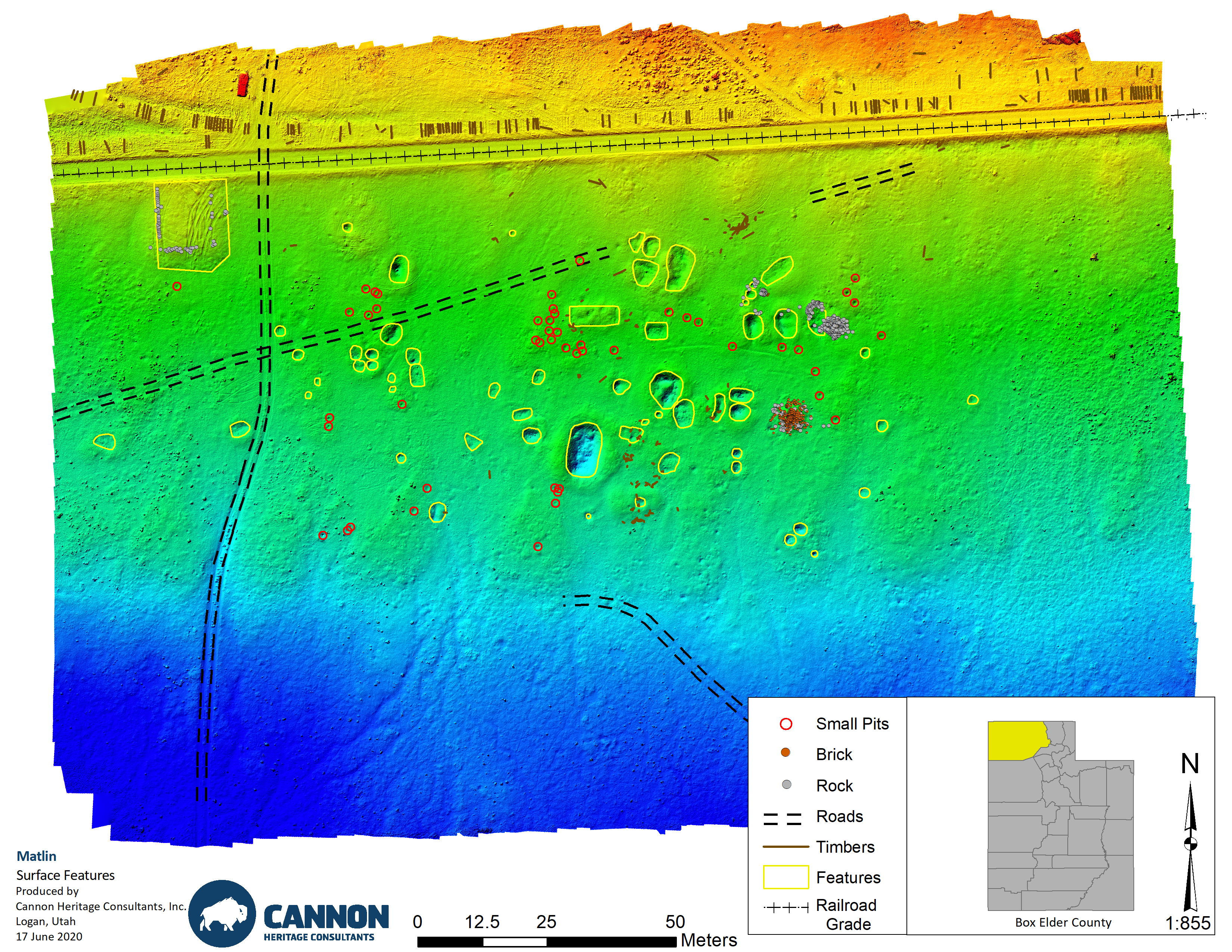Selected reports and publications include:
Archeological Investigations: Bear River Massacre National Historic Landmark, Franklin County, Idaho
Final Report for Testing/Reevaluation of Archaeological Sites In The North Training Area, Camp Guernsey, Wyoming
Cultural Resources Inventory Along the North Shore of Lime Reservoir, Beaverhead County, Montana
Evaluative Testing Results at Site 42SL627, Utah National Guard Salt Lake Readiness Center, Salt Lake County, Utah
Testing at Three Sites on The Utah National Guard Camp Williams Reservation, Utah County, Utah
Comparison of Fuzzy Clustering Methods and Their Applications to Geophysical Data
Archaeological Investigations:
Utah National Guard Salt Lake Readiness Center, Salt Lake County, Utah
Camp Williams, Utah County, Utah
Bear River Massacre National Historic Landmark, Franklin County, Idaho
North Training Area Camp Guernsey, Platte County, Wyoming
Ground Penetrating Radar Survey of Site 26Ek16689, A Multicomponent Site, Wendover Airport, Elko County, Nevada
Ground Penetrating Radar Survey of Selected Areas at the Central Pacific Railroad Communities of Matlin and Terrace, Box Elder County, Utah
Magnetic Gradiometer Survey of Two Potential Grave Sites along the Central Pacific Railroad Grade, Box Elder County, Utah





